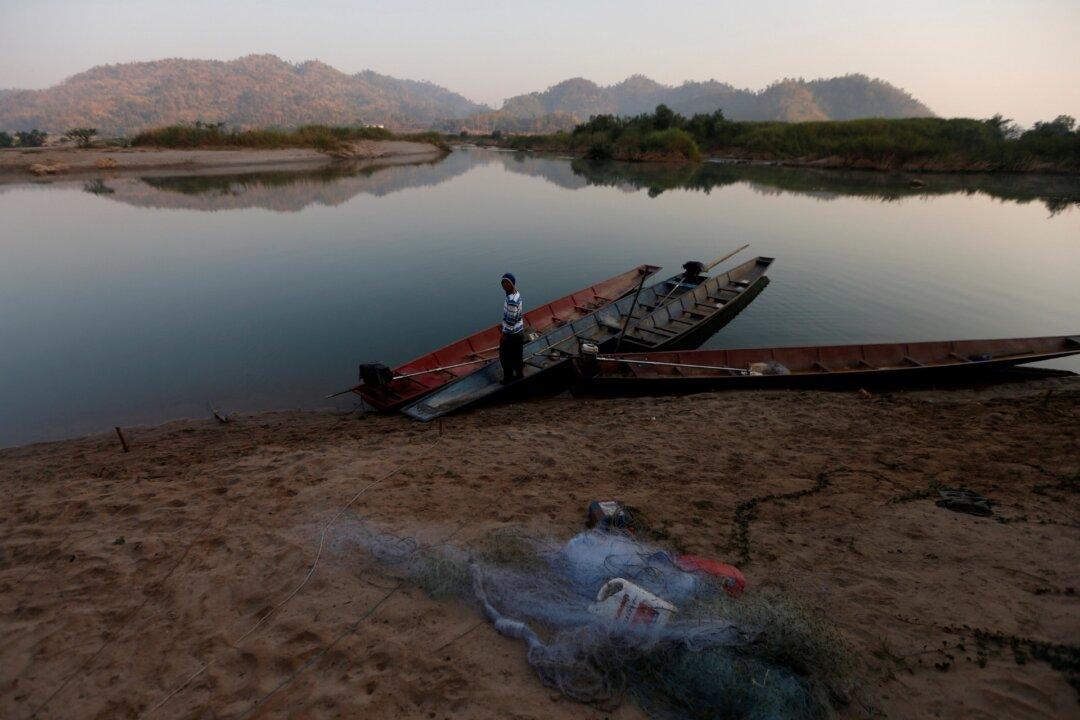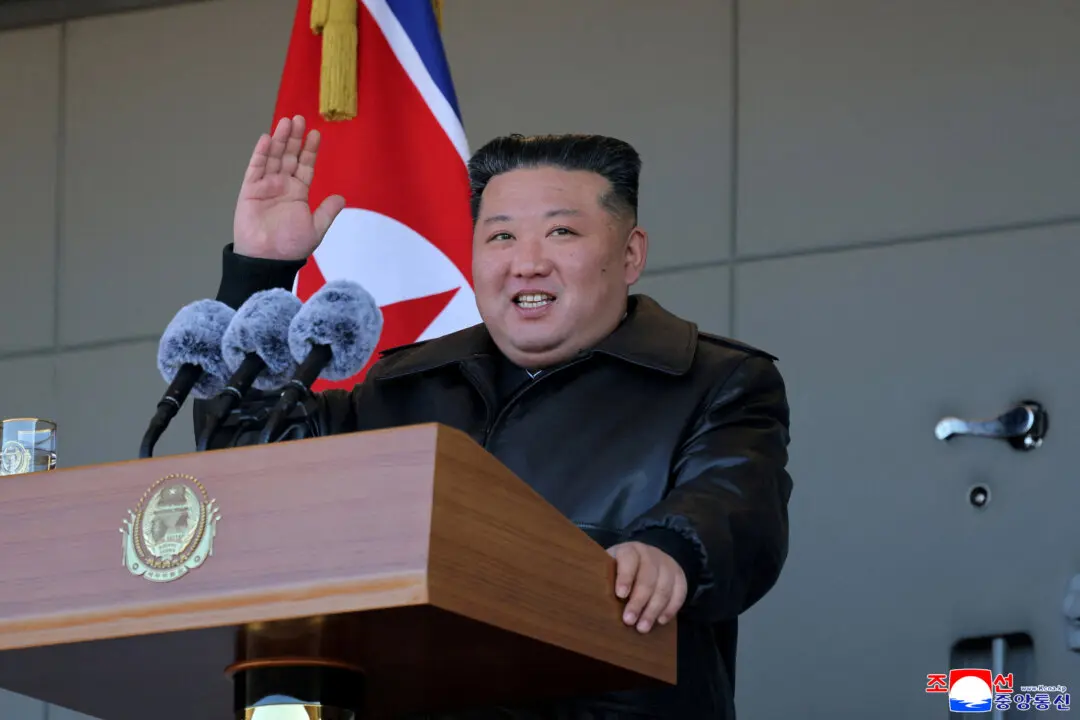BANGKOK—A U.S.-funded project using satellites to track and publish water levels at Chinese dams on the Mekong river was announced on Dec. 14, to Beijing’s ire.
The 4,350-kilometer (2,700-mile) waterway—known as the Lancang in China and flowing south through Burma, Laos, Thailand, Cambodia, and Vietnam—has become a focus of competition.





